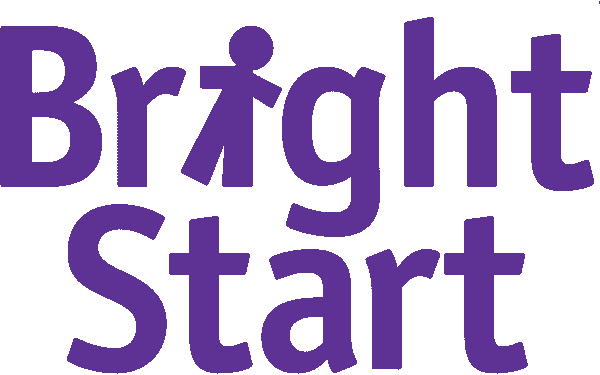Video Transcript:
Speaker 1:
It’s about time for my training with Mary Brit, so I’m going to invite her to join, and today we’re going to
focus on goal writing and all of the different components that we need to include in our goals to make
sure that they are well matched for the family and their needs. So one of the most important things that
we do for our families is to help them come up with some really good functional goals. And then when
we come back to the office, we want to actually write those goals in a formal way so that we can provide
structure for the visits that we give them with family training. And when writing goals, we want to keep
in mind three main components. So we want to have some kind of setting or time of day of routine.
What makes sense based on what the family told you? When would they likely be working on this goal?
Based on what they’ve expressed, when does it fit in with their routine?
Speaker 1:
It could be play time. It could be bath time or outings. Just whatever they kind of express to you, that’s
what we want to include, because, again, we want to customize it and make it really fit this particular
family. So that’s the first component. The second component is to use as much of the family’s language
as possible when writing the goal. So we don’t want it to be to feel like a therapist writing it. You know,
we don’t want to use words like reinforcement, demanding. We really want it to come from the parent.
So if the parent says, “I want my child to be able to ask for help,” that’s our goal, for him to be able to
ask for help and using those words as much as possible. These are goals for the family by the family. So,
that’s a big part of it.
Speaker 1:
The third component is measurability. So how will we know when this goal is mastered? We want to
look at each goal and decide, is it something that happens on a daily basis, a weekly basis, or maybe
something that happens by a particular deadline? So, for instance, if a family member says, “Oh, I want
him to communicate his wants and needs,” that’s something that happens often throughout the day. So,
that might be more of a daily goal that we can practice. If they say, “I want him to be able to take, I don’t
know, take out the trash,” or something, a chore, that might not be happening multiple times in a day.
Maybe it’s more of a weekly goal, something that we could work on. And then if they want something
achieved by a certain deadline or timeline, you know, maybe find a new preschool, they’re not happy
with the preschool their child goes to, that could be something that’s by a certain date.
Speaker 1:
So we really just take a look at each goal and decide, okay, how are we going to make this measurable
for the family? And with all of those three components put together, that’s our goal structure. Any
questions about the three components or how we kind of put it all together?
Mary Brit:
So you’ll do that for each of the goals that.
Speaker 1:
Yes.
Mary Brit:
mom or dad has provided you with?
Mary Brit:
So you should go through and do the three components for each of them and then you also organize it
in order from top priority based off of how the parent rated the list of goals?
Speaker 1:
Absolutely. We want to keep their top priorities in mind. So those get written up first and then we go on
down the line.
Mary Brit:
Okay. Where do you keep track of these goals? Do you hand write?
Speaker 1:
Yes. So you have your handwritten copy from the RBI that you’ve had, and then we type them up into
one of our two systems. So for our BabyNet kiddos, we’re going to type them up in Bridges, and for our
over three kiddos, we’re going to actually type them up and put them into the FSP, the Family Service
Plan Document. And we’re going to do that together right now.
Mary Brit:
Awesome.
